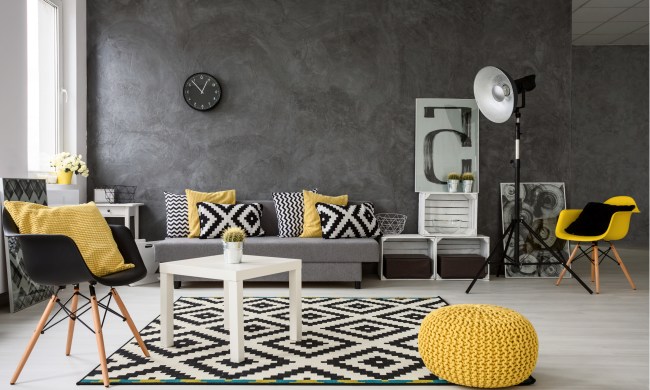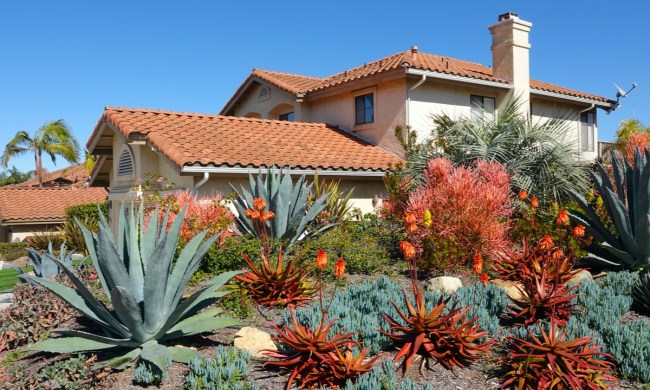Did you know that the presence of a plant in your home can reduce feelings of stress, anxiety, and depression? Having some greenery in your environment can also improve your focus and productivity. Even though plants offer all of these benefits, many people still shy away from growing them at home. Often, they assume that plants are hard to care for, or they’ve had difficulty growing plants in the past.
The truth is, you don’t need a green thumb to grow plants in your home — it’s all about picking the varieties that suit your lifestyle. If you don’t have a lot of time to devote to horticulture, consider choosing one of these plants that are easy to take care of. That way, you’ll be able to reap the benefits of having plants in your home without dealing with the stress and possible disappointment of dying blooms.
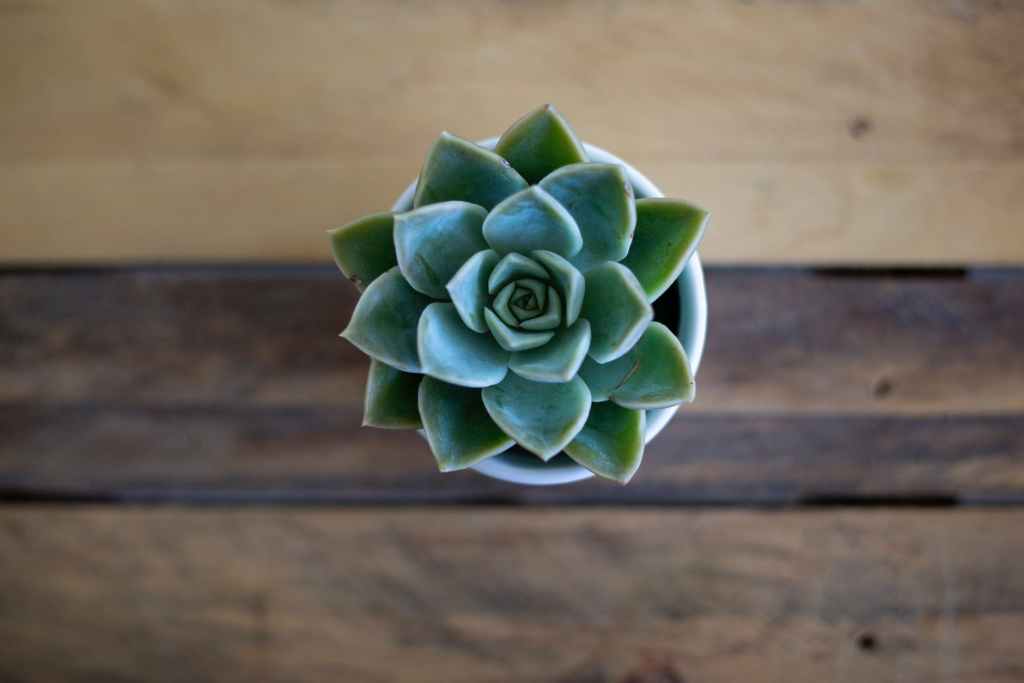
Succulents
If you’re looking for plants that require minimal care, succulents are the way to go. They typically grow in regions with warm, dry conditions, so they don’t need constant watering or attention. If you decide to grow succulents in your home, water them at most twice a month and saturate the soil. Be sure to grow them in pots with good drainage to prevent root rot. These plants vary in their sunlight needs, so research the best growing conditions for your succulent before bringing it home.
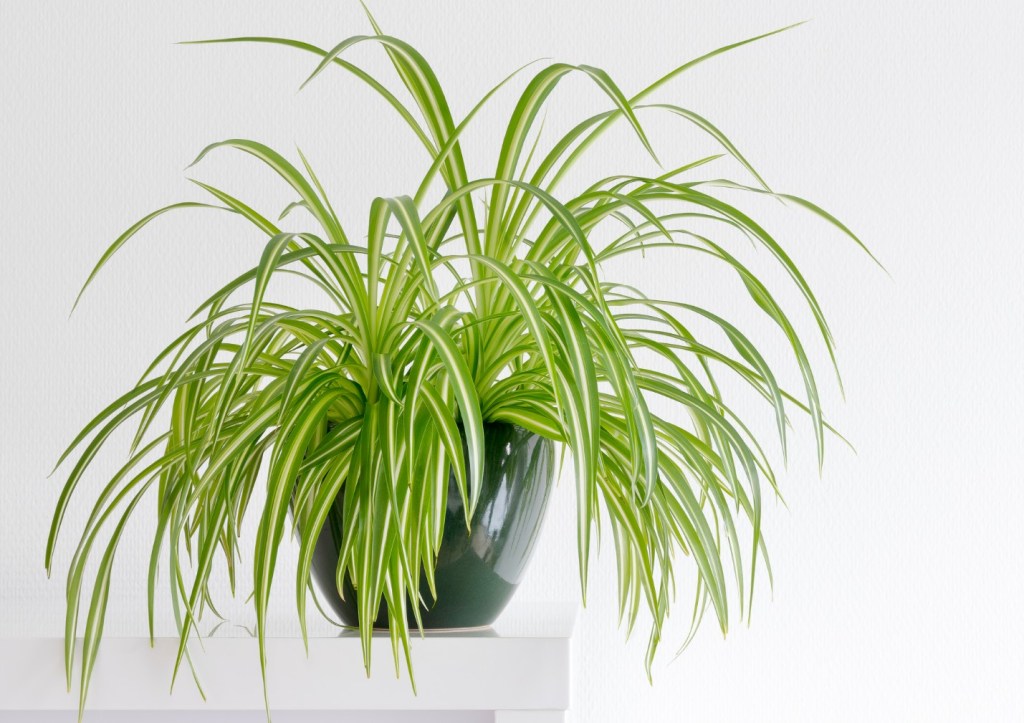
Spider plant
Spider plants can grow in a wide range of conditions from bright to low light, but they generally grow better in cooler temperatures. Since spider plants retain water well, they’ll be fine if you forget to water them every now and again. Too much water can also lead to root rot, so let the soil dry out between waterings.
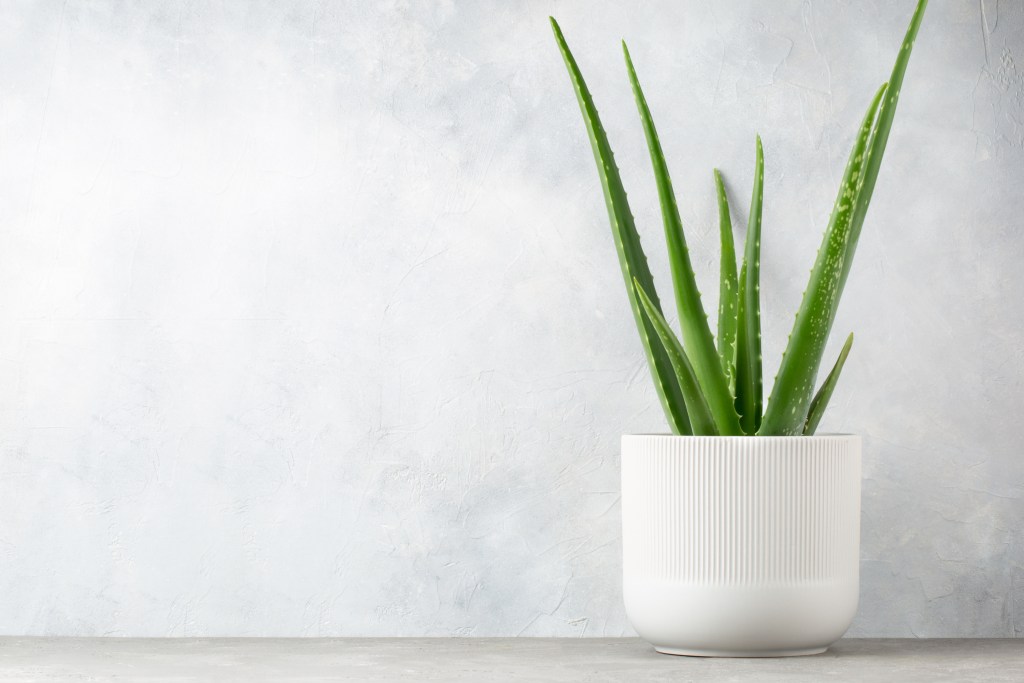
Aloe vera
Aloe vera plants produce a clear gel that can soothe minor burns and treat acne and psoriasis. Instead of buying aloe to keep in your medicine cabinet, you can raise an aloe plant yourself and harvest the gel straight from the plant whenever you need it. Aloe plants also produce aloe latex, a yellow pulp that can treat constipation.
Aloe is an excellent choice if you’ve had plants die in the past because you forgot to water them. For aloe to thrive, the soil needs to dry out completely between waterings, so all is well if you forget to water it. You can water this plant as little as once every few weeks.
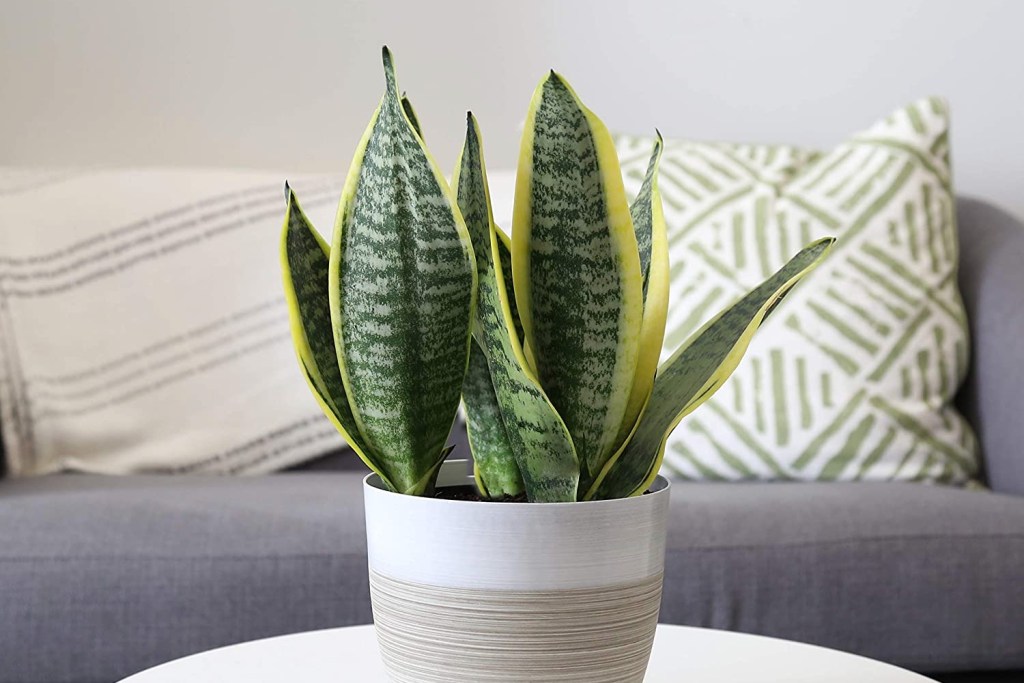
Snake plant
Snake plants, also known as ribbon plants and mother-in-law’s tongue, grow in a pot and have thick, waxy leaves. If you can’t seem to remember to water your plants or tend to go away for weeks at a time, this species is a good choice — snake plants only need water once every two weeks.
Cactus
There are thousands of species of cacti (all of which are types of succulents), but desert and forest cacti can be grown indoors. Desert cacti need strong light, particularly during the winter, while forest cacti do well in bright, but indirect, sunlight. Cacti in general require infrequent watering, and they require very little water during their winter rest period.
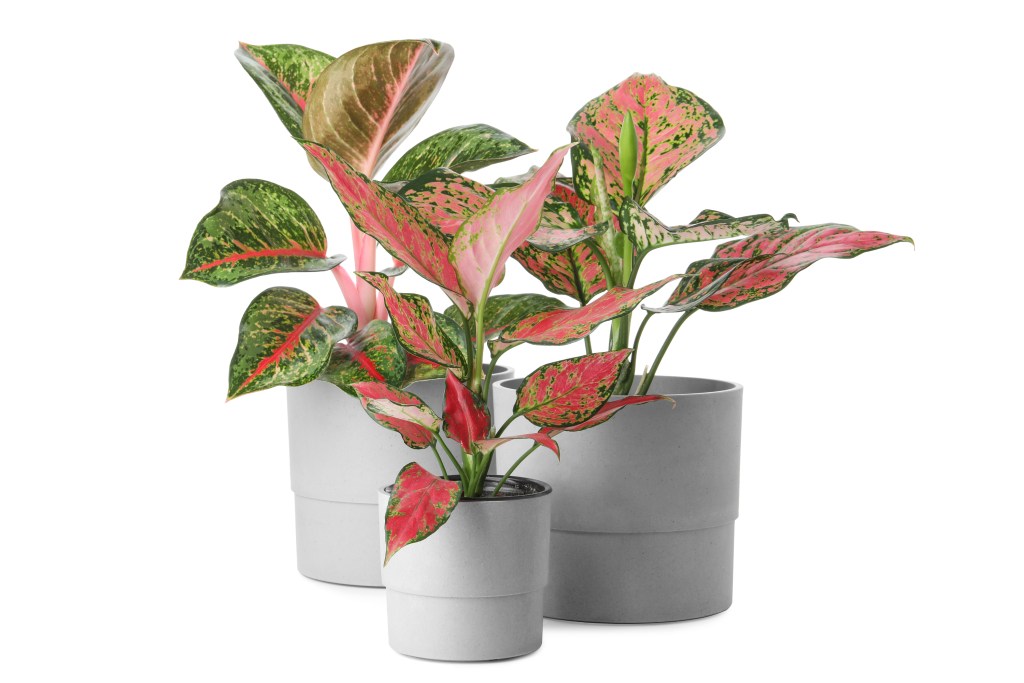
Chinese evergreen
Chinese evergreen plants can thrive in a wide range of conditions, including low and medium light and indirect sunlight. They do best in warm and moderately humid conditions, but these durable plants can also do well in other temperatures and humidity levels.
Since this species doesn’t require much water, you can let the soil dry out and it will still survive. In fact, watering Chinese evergreen too often can lead to root rot. Fertilizer is beneficial, but you only need to fertilize these plants once every year or two.

ZZ plant
If you’re looking for a plant that requires practically no maintenance, a ZZ plant (Zamioculcus zamiifolia), known for its thick, shiny, spiky leaves, may be ideal for you. It grows extremely slowly and can go for as long as a year without being watered. It can also survive in any lighting conditions.
Having plants in your home can improve your life in numerous ways. There’s no need to stress about your plant babies either — exercising your green thumb doesn’t have to be a chore. These species need very little attention, and they’ll be fine if you get preoccupied or need to go away for a while and forget to water them. Even if you’ve had negative results when you tried to raise plants in the past, give it another try with one of these easy house plants.


